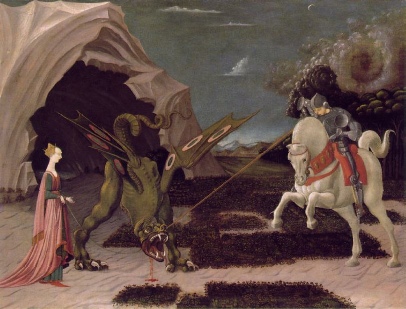

Hanham Court once belonged to the monks of Keynsham Abbey.
Complete with fish ponds and dovecote, stately Hanham Court once belonged to the monks of Keynsham Abbey.
Did a long tunnel under the river, as legend has it, once connect the two?
Unfortunately for a good story there is no evidence that one ever existed.
Historians think that there must have been some kind of house here, possibly a wooden structure, as far back as late Saxon times.
The strangely named Earnulf de Hesding was named as the owner at the time of the Domesday survey.
Yet another legendary story relates how John, the last of the Keynsham abbots, pronounced a curse on the property as he was thrown out by King Henry’s henchmen during the Reformation.
Whether true or not, Henry Creswicke, who bought the court in 1638, certainly had his share of troubles.
Although this wealthy merchant had a town house in Bristol’s Small Street, the country property remained in family hands for the next 200 years.
Sir Henry, who was Bristol’s Mayor in 1660, was knighted by the newly restored monarch, King Charles II, for remaining loyal to him throughout the bitter Civil War.
Despite this honour the family were frequently in dispute with their neighbours, the Newton’s of Barr’s Court, over manorial rights and boundary issues.
The ensuing lawsuits eventually led to a bitter hatred springing up between the two families.
Things came to a head in 1685 when the Duke of Monmouth and his rebel followers, who were defying the King’s troops and moving towards Bristol, camped nearby.
Sir Francis Creswicke, quite naturally, decided to ride out and see what was happening on his land.
But after being spotted talking to the rebels by one of the Newton’s servants he was arrested and flung into Gloucester jail, somewhere he would remain for the next two years.
With his innocence finally proven (in fact by Lord Grey, one Monmouth’s men) King James II arrived to pardon him in person and share a roast deer under an oak tree by the church.
An acorn taken from that very tree, now long dead, has been planted in exactly the same spot.
In 1704 Sir Francis was in trouble again, this time for stabbing Queen Anne’s Attorney General after a quarrel, an act that put him back in prison for another nine years.
Aged 89 when he died in 1732, the old jailbird lies buried in Bitton church.
In later years the court became so heavily mortgaged that it was lost to the Crewicke’s forever.
Finally, after marrying a Keynsham publican’s daughter, the very last member of the family went off to live in Canada.
Was there a curse on the court? Who knows.
Although the west wing and stately tower are Elizabethan the gargoyles that adorn it are medieval (reclaimed) and the pointed roof added in Victorian times.
The Arts and Crafts kitchen wing was added in about 1900 but the adjoining barn, complete with massive walls and buttressed tower, date back to Norman times.
The church, however, is 15th century.
Although the court is privately owned it’s possible to visit the beautifully restored gardens when they are open to the public during the summer months.
The village is reputed to have one of the oldest public houses in Britain,
The Blue Bowl – thought to have started life as a tavern for Roman soldiers.
There is no firm evidence for the age of the pub but Roman coins have been discovered nearby and St Lyte wrote in 1480 that it was an old established hostelry.
It is the site of Hanham Lock on the River Avon.
George Whitefield first preached in the open air on Hanham Mount to Kingswood miners in 1739.
Because he was soon to go to Georgia he introduced John Wesley to his congregation and to open air preaching, a great novelty in 18th century Britain.
A replica pulpit was erected in honour of this, as well as commemorative plaques.
For the 1950s Festival of Britain an 80 ft high beacon was erected in honour of Baptists who suffered persecution during the period 1662 to 1689.
In 2007 it was replaced by a newer, taller and brighter beacon, the former one having been considered unsafe.
Oliver Cromwell also stayed in the village, at the Blue Bowl Inn, which was used as his regional headquarters.
Tom Cribb, once world champion bare-
Resident John Horwood was convicted and hanged for the murder of his girlfriend in 1821. His skeleton was kept hanging in a cupboard at Bristol University until its burial in 2011.
Memorial Road has a Memorial Cottage at the entrance of Christchurch and Hanham High School.
It was built in memory of a local hero John Chiddy, for his widow and family.
John Chiddy was killed by an express train whilst removing a large stone from the metals of the Great Western Railway near Conham on 31 March 1876. Brave Hero John Chiddy from Hanham 'He leapt to die, and for a hundred lives he gave his one'.
Cliff Britton was born in Hanham in 1909.
He was famous as an Everton and England footballer and later as manager of Burnley F.C., Everton, Preston North End and Hull City.
Stephen Merchant was born in Hanham and attended local school Hanham High. He is co-
Hanham will also be the first place in the UK to trial Gordon Brown's new eco-
Built on the former Hanham Hall Hospital site,the new village will serve as a blueprint for Gordon Brown's proposed five eco-